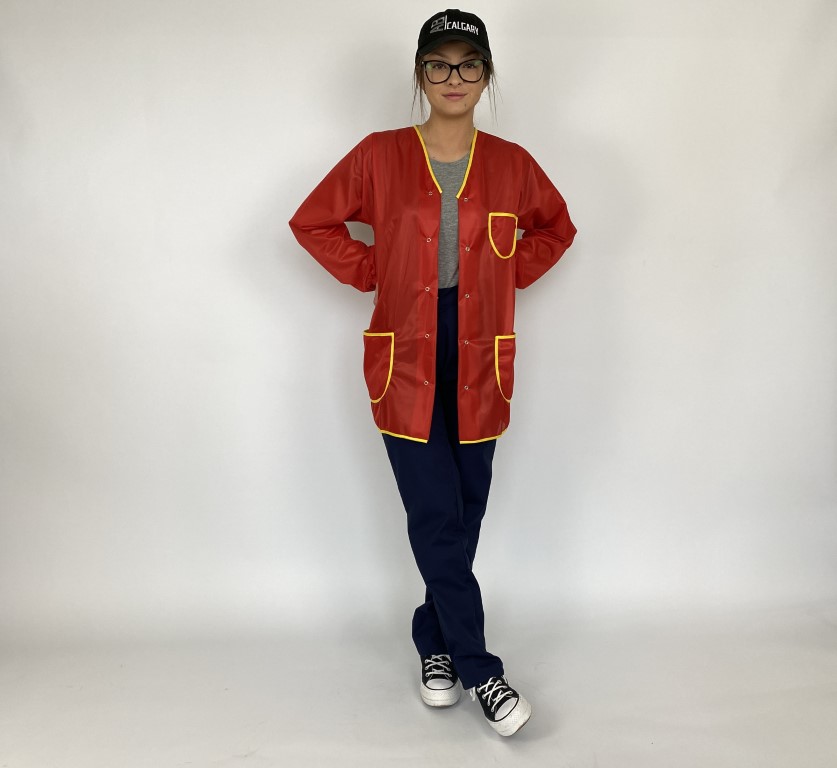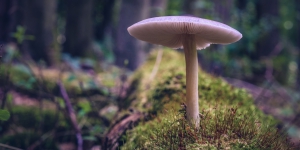Exciting news! GROWTIME is launching a new range of protective clothing and aprons specifically designed for mushroom pickers. These innovative products promise enhanced safety, comfort, and productivity on your farm.
Excellence in every stitch: clothing for modern farms
Discover our premium protective clothing, including women’s mushroom picking T-shirt, crafted with a soft yet resilient blend of cotton, elastane, and viscose. It's available in a range of colours and sizes to match your farm's branding and cater to various climate needs.
That’s not all! Don't miss our meticulously designed women's mushroom picking pants. Their perfect blend of cotton and polyester ensures comfort for long hours of work, while the sewn-in elastic waistband provides freedom of movement.
Reusable & breathable: GROWTIME’s new picking aprons
We've also launched exceptional mushroom picking aprons. Crafted from polyester, the women's apron offers superior protection against dirt and grime. Our unisex apron, perfect for all personnel, boasts high reliability and breathability. Both versions can bewashed and reused, ensuring significant cost savings.
Choose GROWTIME, leaders in mushroom farm solutions, for superior durability, functionality, and innovation in every product. For more information about our new line of clothing, check out our blog post that introduces them in detail!

A team of Western mycologists (fungi experts) spent the past two summers digging deep in Newfoundland dirt to investigate the might of mushrooms and found what lies beneath truly is 'the main character' in most terrestrial ecosystems.
Fungi, which produce mushrooms, are critically important in most earthbound ecosystems as they provide life-sustaining mineral nutrients to plants while decomposing their remains, and recycling both organic and inorganic byproducts throughout the biome as they grow and reproduce.
"A lot of ecologists are beginning to realize that mushrooms really run the world. We've quite naturally spent a lot of our time focusing on things above ground, things that we see like plants, animals, and birds," said Western biology professor Greg Thorn. "But in fact, the plants are very closely associated with fungi, and basically wouldn't be there (above ground) without them."
Please read the full article here.
Source: Phys.org provided by University of Western Ontario






















